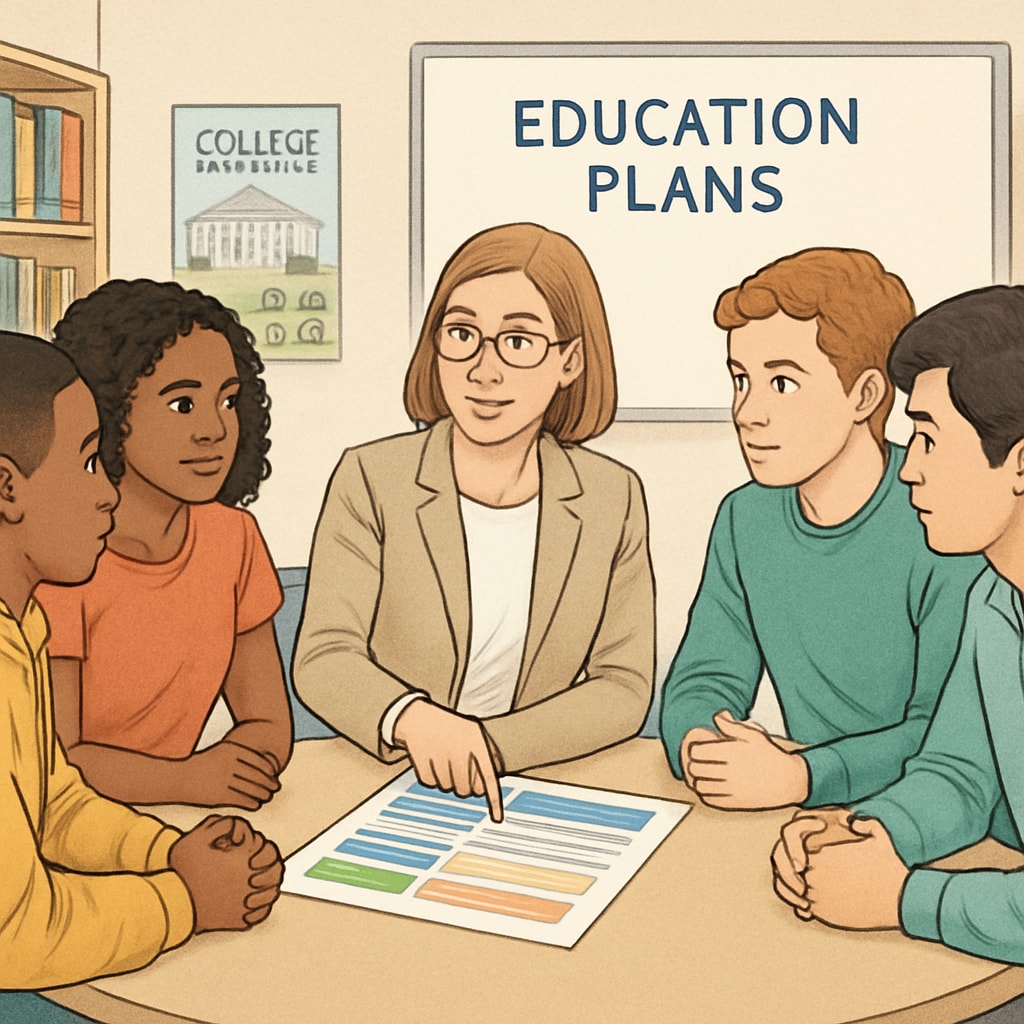Receiving a modified high school diploma can bring mixed emotions, ranging from relief to regret. For many, it feels like a compromise on their academic journey, leaving them questioning future opportunities and career paths. This article explores the challenges associated with a modified diploma, the psychological impact of such decisions, and actionable strategies to navigate these feelings while building a positive future.

Understanding the Impact of a Modified Diploma
A modified high school diploma typically serves as an alternative credential for students who face challenges completing traditional graduation requirements. While it fulfills basic educational criteria, it may limit opportunities in certain areas, such as college admissions or competitive job markets. For example, some universities may require a standard diploma as part of their application process, making students with a modified diploma feel excluded.
The emotional toll of receiving a modified diploma can be significant. Students often experience regret, questioning whether they could have worked harder or made different choices during high school. These feelings, while natural, can become barriers to personal growth if not addressed constructively.
Facing Regret and Moving Forward
Regret is a powerful emotion, but it can also serve as a catalyst for change. Here are some strategies to help students move forward after receiving a modified diploma:
- Reflect and reassess: Take time to understand the reasons behind receiving a modified diploma. Was it due to academic struggles, life circumstances, or external pressures? Reflection can help identify areas for improvement.
- Set new goals: Focus on what’s next. Whether it’s pursuing vocational training, attending a community college, or gaining work experience, identifying clear objectives can provide direction.
- Seek support: Guidance counselors, mentors, and family members can offer valuable advice and encouragement. Don’t hesitate to reach out for help in navigating your next steps.
For additional insights, you can explore resources on high school diplomas on Wikipedia or review Britannica’s explanation of diploma types.

Exploring Alternatives and Opportunities
While a modified diploma might limit some options, it does not close all doors. Students can explore alternatives that align with their skills and interests:
- Community colleges: Many community colleges offer open enrollment programs, allowing students to continue their education without traditional diploma requirements.
- Trade schools: Vocational training in fields like healthcare, technology, or skilled trades can lead to lucrative and rewarding careers.
- Certification programs: Certain certifications, such as those in IT or graphic design, focus on practical skills and can bypass traditional diploma prerequisites.
In addition, many employers value experience, determination, and personal growth over formal credentials. Networking, internships, and volunteering can help build a strong resume and demonstrate commitment to self-improvement.
Reframing Regret as a Growth Opportunity
It’s important to remember that a modified diploma does not define one’s worth or potential. Regret can be reframed as a learning experience, highlighting areas for growth and encouraging resilience. The journey forward may require extra effort, but the lessons learned can be invaluable in shaping character and future success.
As a final thought, students should embrace the idea that setbacks are part of life and growth. By focusing on opportunities rather than limitations, they can create a fulfilling path forward that reflects their unique talents and aspirations.
Readability guidance: Use short paragraphs to maintain engagement, include lists to summarize key points, and distribute transitions (such as “however” and “for example”) evenly throughout the text. Maintain a positive tone to inspire readers.


